|
Why not use the summer to catch up on some summer reading. More importantly, use it to tackle those habits and traps that hold you back. Here are four books that can help you:
Beyond Your Confines: The key to free your mind Beyond Your Confines introduces you to the mental prisons we create for ourselves, including our intolerance of uncertainty and the narrative fallacies we create. Some argue that the growth in technology has trapped us further in these mental prisons, so now, more than ever, we need to reach beyond our confines to free our minds and benefit from our inner wisdom and natural rhythms. Beyond Your Confines: The Workbook Based on the popular Beyond Your Confines comes the invaluable companion guide to using your nervous system to free your mind. Empowering, resourceful, a practical guide all in one, Beyond Your Confines: The Workbook is an essential guide to using your nervous system to break free of your mental prison and free your mind. The Beast of Gloom: A children's book about depression. Help your child learn that difficult feelings are inevitable, and how you respond to it makes all the difference. Compassion and talking to others are just two of the strategies suggested in this book. Beautifully illustrated by Theodore Key, with words from a psychotherapist, this is an essential guide to help kids realize that it doesn’t have to be scary to talk to children about depression. Help them to learn about how to recognize depression, and what to do about it. Beyond the Blue A survival guide to depression, anxiety, relationship conflict, and trauma.
0 Comments
Loneliness and the queer experience7/23/2024 Loneliness defines a queer or trans experience. There is a struggle to come to terms with an identity that doesn't fit expectations, and at first this is something that is struggled with alone.
Then there is the catch-22 experience that concealing an identity can compound distress, whereas 'coming out' can increase risk of hostile reactions, the loss of employment, social groups, etc. The risk for loneliness and social isolation is compounded when someone then experiences violence or other hostility due to their identity. Isolation and avoidance are seen as coping strategies that can end up being overly used in response to such hostile experiences. Many professionals advocate social connection as an essential component to mental health. However, there is a need to assess the quality of those social connections, especially for the queer and trans experience. hashtag#loneliness hashtag#queer hashtag#trans hashtag#mentalhealth Beyond Powerlessness7/15/2024 Written by psychotherapist Chris Warren-Dickins, these journal prompts offer a chance for you to regain a sense of autonomy over your life. Chris has used their many years of clinical experience to help people work through one of the most fundamental challenges of our modern age: To address the sense of powerlessness that we face in this ever-increasingly technological age.
Chris makes use of Polyvagal theory and other therapeutic approaches to guide people through challenges to their mental health. These include anxiety, depression, trauma, and relationship conflict. Seize control of your life by using these journal prompts to identify strengths, resources, and areas of improvement. Beyond Powerlessness is due for publication on 13 August 2024. How to change7/5/2024 Mental health books written by a therapist and parent: 1. The Beast of Gloom. A children's book about depression. 2. Beyond Your Confines: The Workbook. A companion guide to Beyond Your Confines (for adults). 3. Beyond Your Confines. A post-pandemic guide to self-esteem, burnout, parenting, and trauma (for adults). 4. Beyond the Blue. A survival guide for depression, anxiety, and trauma (for adults). Chris Warren-Dickins Psychotherapist & Author If you do one thing with your kids this summer, set aside a few minutes to let them know these five things –
1. It’s okay to struggle with difficult feelings It helps kids enormously when they know that they are not the only ones to struggle with difficult feelings. Everyone has at some point, so let them know that these feelings are proof that they are a fascinating, complex human being with a wide spectrum of emotions. 2. Use your own words Help them to use whatever words come to mind to express their difficult feelings. This can be “sad”, “gloomy”, “meh”, “blah”, “anger”, a “leave me alone” feeling, or even a “I’m just not feeling it right now” feeling. 3. Tell me how big those feelings are As them to put on a scale of 0 to 10, how big those feelings are. Are the difficult feelings a small 2 or 3, or are they so big that they are a 9 or 10, and could fill up the room? 4. See the long game It might feel like a 10, so big it can fill up the room, but eventually, it will shrink so small that it will barely be a memory. 5. Remember the good stuff Even though it can feel hard to enjoy these things right now, make a list of the things that usually bring joy, so we can turn to them later, when the difficult feelings have gone away. This can be anything enjoyable like playing with friends, dancing in the sprinklers, going to the beach, playing with pets or siblings, shopping, squidge mallows, getting a smoothie, soccer, softball, swimming, etc. To help you start this conversation about difficult feelings, I have written The Beast of Gloom, an illustrated children’s book about depression. I hope you find it useful. The words are by me, a parent and psychotherapist in Ridgewood, New Jersey, and the illustrations are by Theodore Key, a terrifically talented artist in Cape Town, South Africa. Let's normalize conversations about difficult feelings, no matter how big or small. Chris Warren-Dickins Psychotherapist & Parent www.chriswarrendickins.com Updated your summer reading list?6/18/2024 Don't forget to update that summer reading list.
Books to improve your emotional wellbeing, for you and your kids. Chris Warren-Dickins Psychotherapist & Author of The Beast of Gloom, Beyond Your Confines, Beyond the Blue, and the Workbook companion to Beyond Your Confines One of the many annoying things about depression is that it can be hard to detect. In some, it shows itself in angry outbursts, whereas in others it could be a silent withdrawal from their friends.
The trick is to know your kid; you know how they usually are, so you’ll be able to spot unusual behavior. The other thing is to notice whether a pattern of behavior is developing. One off day or outburst is not depression, but a pattern over a period of time may suggest that you need to seek the help of a licensed and experienced professional. Finally, look out for particular features such as expressions of powerlessness or hopelessness. These are often signs of depression. Depression is serious but it doesn’t need to be scary if you are open and honest with your child. https://www.chriswarrendickins.com/beast-of-gloom.html If you need to talk to a professional about depression, you can reach out via the following details: Explore Transform psychotherapy. Ridgewood, New Jersey. www.exploretransform.com (201) 779-6917 [email protected] Chris Warren-Dickins Psychotherapist & Author of The Beast of Gloom (a children’s book about depression) #depression #childrensmentalhealth #TheBeastOfGloom #chriswarrendickins We kit our kids out for sporting activities but how equipped are they to tackle challenges to their mental health? When it comes to depression and anxiety, for example, do they have “go-to” strategies they can try?
One such strategy is called “Opposite Action.” This is widely recognized as effective, and it forms part of a wider approach to therapy known as DBT (Dialectical Behavior Therapy). What is involved with Opposite Action? First, help your child to identify the emotion. This can include the name of the emotion and the intensity. You could use a scale of 0-10 where 10 is the most intense experience of the emotion. Then help your child to check the facts: Is there any missing information that might make things feel better or worse? If the intensity of the emotions is unhelpful, you can work with your child to identify a list of actions that produce the opposite of the difficult feelings. For example, if they are feeling low energy because of depression, list activities that could increase their energy. This could be star jumps, hiking, or even trying intensely flavored foods (lemons, for example). Making a list will help them to gain a sense of ownership over the exercise, and it will also give them a sense of control or certainty. I hope you found this useful. I would love to hear your thoughts, whether that is via private message or comments below. If you need to talk to a professional about mental health strategies, you can reach out via the following details: Explore Transform psychotherapy. Ridgewood, New Jersey. www.exploretransform.com (201) 779-6917 [email protected] Chris Warren-Dickins Psychotherapist & Author of The Beast of Gloom (a children’s book about depression) #depression #childrensmentalhealth #TheBeastOfGloom #chriswarrendickins First pages5/15/2024 There have been so many exciting developments regarding all four books (not least when The New York Public Library decided to stock Beyond Your Confines). However, my true passion is writing, so I have rather neglected this blog to focus on the next few books that are due for release over the next year. So apologies if you feel neglected! To make it up to you, here is the first page of each of my four books. If you had a chance to read any of these, please leave a review on Goodreads, Amazon, Barnes & Noble, Waterstones, Google Books, Apple Books, or wherever you managed to get your hands on your copy! Side note: If you aren't near New York, then no problem as numerous other libraries are now stocking many of the books, so if you don't manage to buy a copy, ask your library whether they stock it. And if they don't, they are always happy to stock titles that their customers suggest. Thank you for your continuing support. I am trying to finish the next few books, and I can't wait to share these with you. My hope is that mental health issues become part of the normal dinner table conversation, so we fight the stigma that has historically prevented people from seeking help. Let's be open about anxiety, depression, trauma, and beyond, so we can get the right kind of help when we need it. Look after yourself. Chris Warren-Dickins Psychotherapist & Author So many people ask me what happens in a psychotherapy that I made a TikTok about it. This was a couple of years ago, but I have been told that I should also share it here. So...Here it is! I'm not sure whether I am going to break some algorithm but I also posted this video on my psychotherapy website... So apologies in advance if you have seen this twice! My view is: The more people I can reach, the better. Let me know what you think about the video. Does this match your experiences of psychotherapy? Chris Warren-Dickins Psychotherapist & Author in New Jersey Chris
|
Address: 143 E Ridgewood Ave, #1484, Ridgewood, NJ 07450











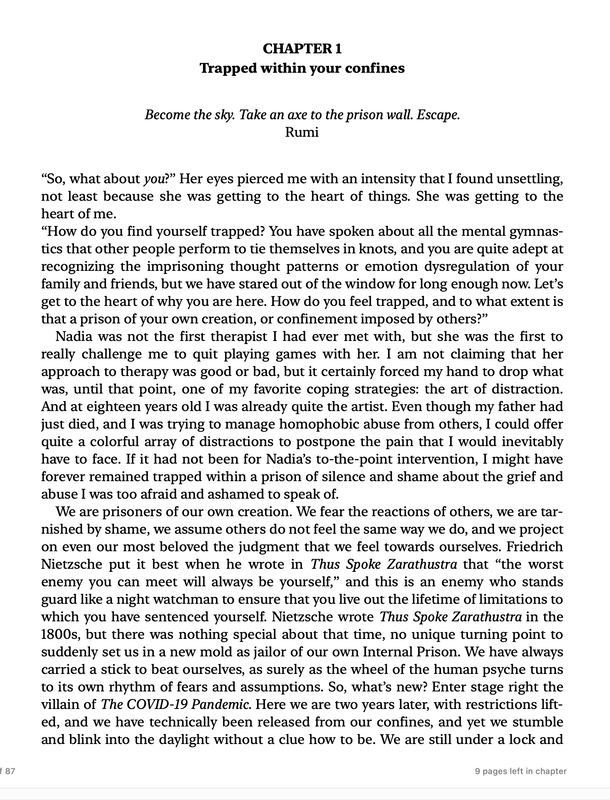
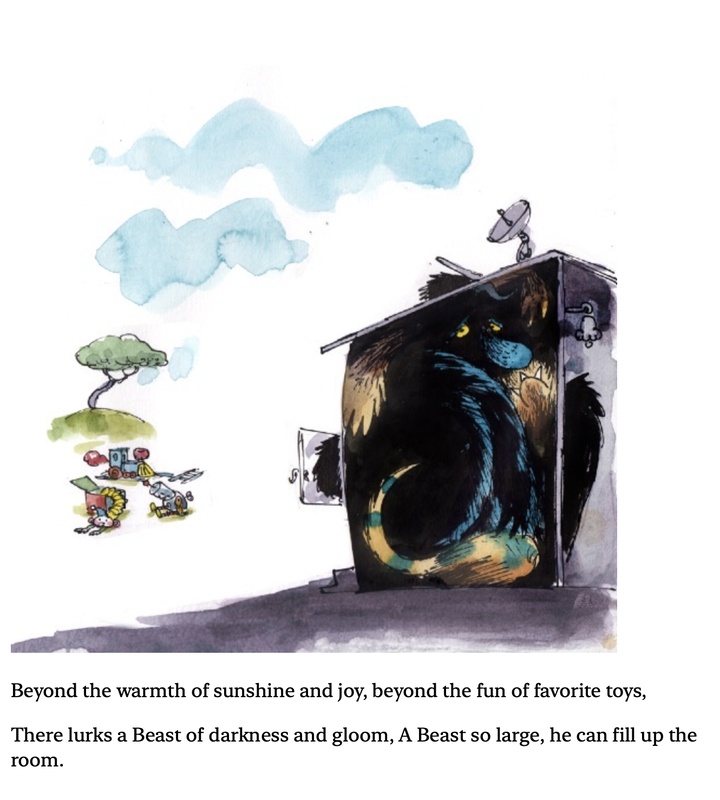
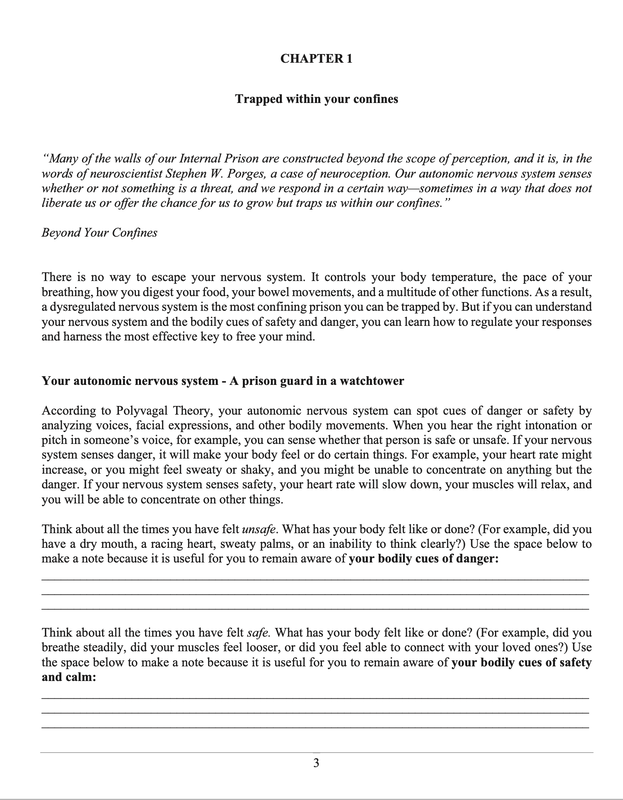
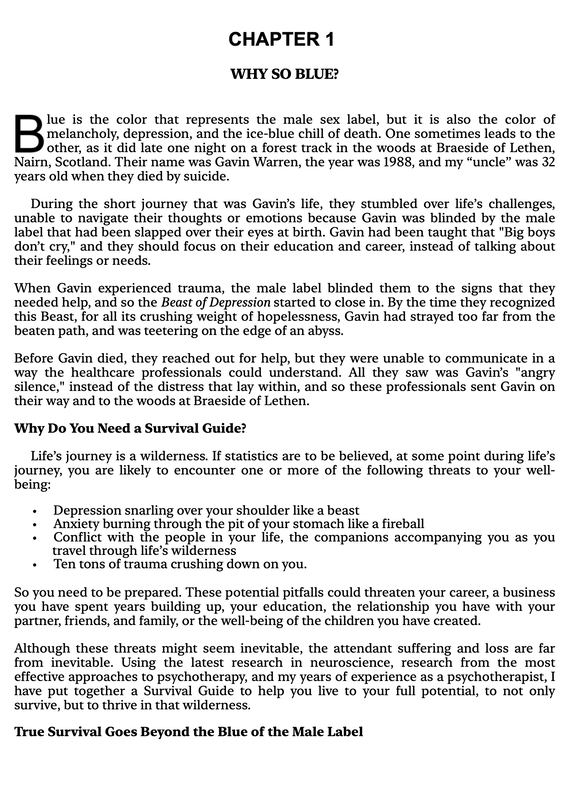



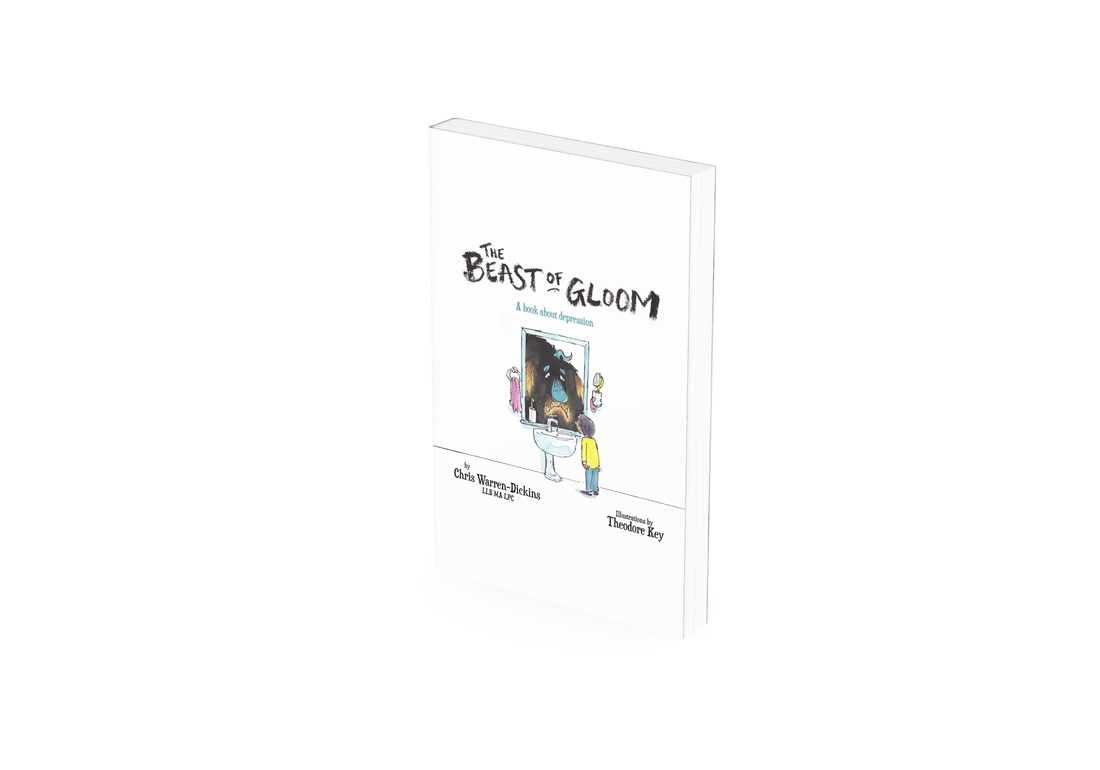
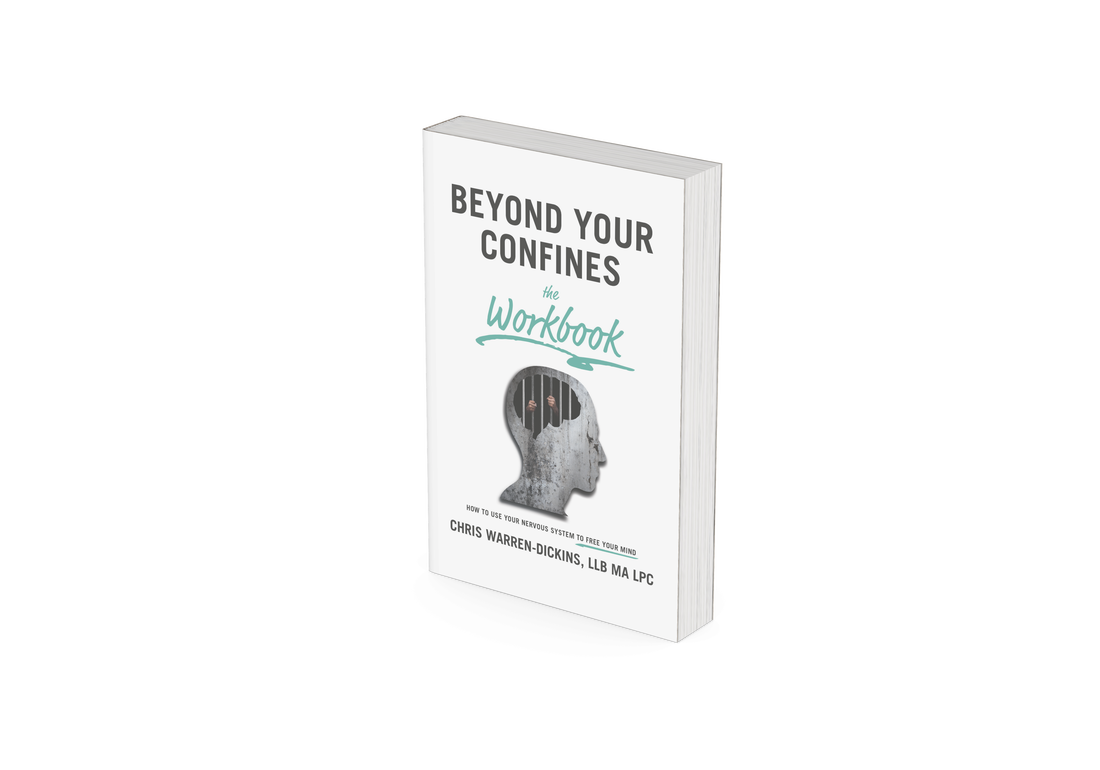
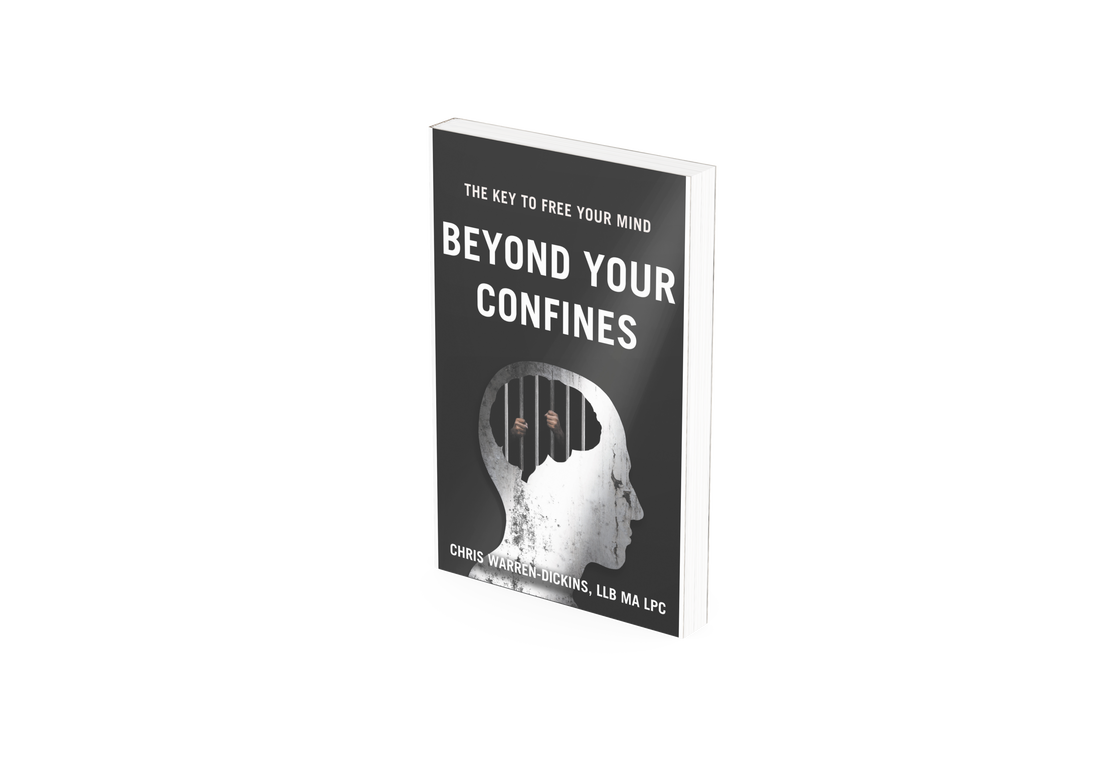
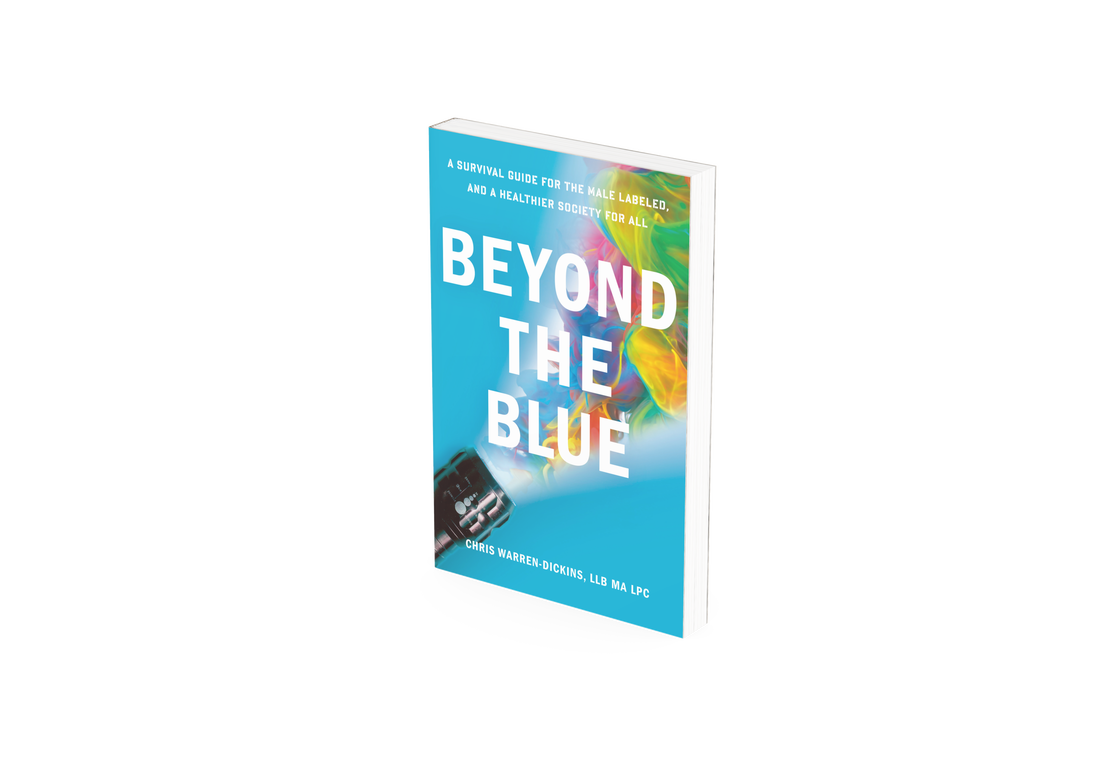

 RSS Feed
RSS Feed